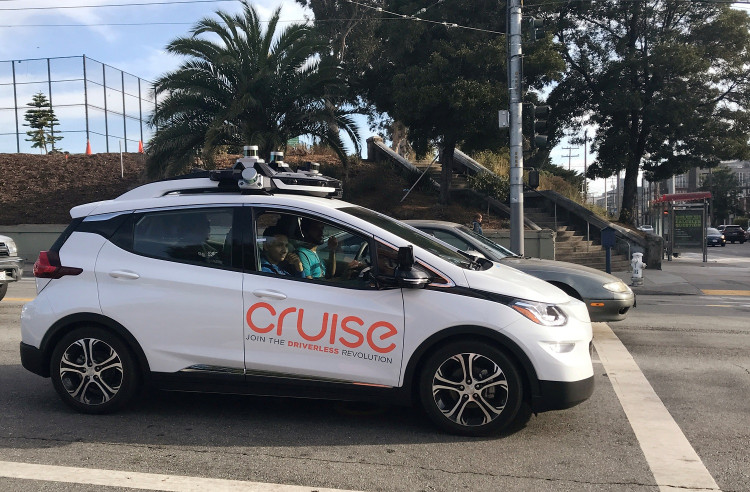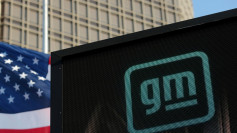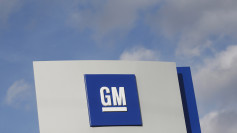General Motors (GM) has projected that its new labor agreements with the United Auto Workers (UAW) and Canadian union Unifor will escalate its operational costs by $9.3 billion.
This substantial increase, amounting to an average of $575 additional cost per vehicle, is attributed to the terms of these agreements, which include significant hourly pay raises, cost-of-living adjustments, and enhanced profit-sharing arrangements. The UAW deal, which encountered a challenging negotiation process including labor strikes, is a primary contributor to these cost hikes.
While these increased labor costs may potentially lead to higher vehicle prices, GM, along with other Detroit automakers like Ford Motor and Stellantis, are exploring various strategies, such as operational efficiencies and headcount reductions, to mitigate the financial impact. The automaker revealed these details during a business update, which also announced a $10 billion accelerated stock buyback program and an increase in its dividend.
GM's recent UAW-targeted strikes, which concluded in late October, resulted in an adjusted earnings impact of $1.1 billion for 2023, with additional wage and benefit costs contributing another $200 million. The breakdown of the anticipated $9.3 billion increase in labor costs spans from 2024 to the first four months of 2028.
GM CEO Mary Barra assured that the company's budget for the upcoming year would fully offset the incremental costs incurred due to the new labor agreements. This approach aligns with GM's broader strategic goals, including maintaining financial stability and competitiveness.
In contrast, Ford, a competitor, has estimated an increase of $850 to $900 per vehicle due to similar labor agreements and is implementing cost-reduction measures across the company to offset these expenses. Stellantis, another major player in the industry, has yet to disclose the expected costs of its labor pact with the UAW.
These developments underscore the evolving dynamics in the automotive sector, where traditional manufacturing giants like GM are navigating complex labor relations and economic challenges. The outcome of these strategies will be closely watched as they potentially shape the future of vehicle pricing and the broader automotive market landscape.




